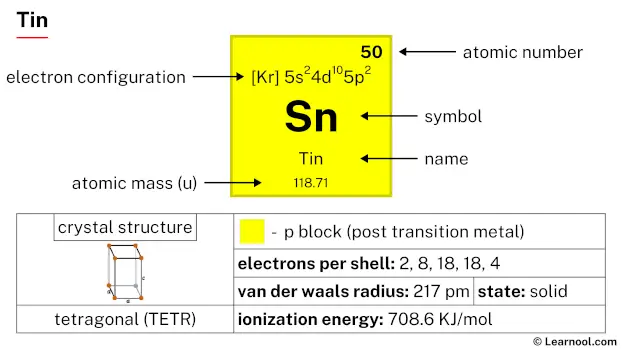
Tin (Sn) is a chemical element of the periodic table, located in the group 4 and the period 5, and is having the atomic number 50. It is a soft, silvery-white post transition metal, whose name comes from the Anglo-Saxon word “tin”. It is a member of the carbon group.
On periodic table
| group | ⇨ | 1 | 2 | 3 | 4 | 5 | 6 | 7 | 8 | 9 | 10 | 11 | 12 | 13 | 14 | 15 | 16 | 17 | 18 |
| period | ⇩ | ||||||||||||||||||
| 1 | 1 H 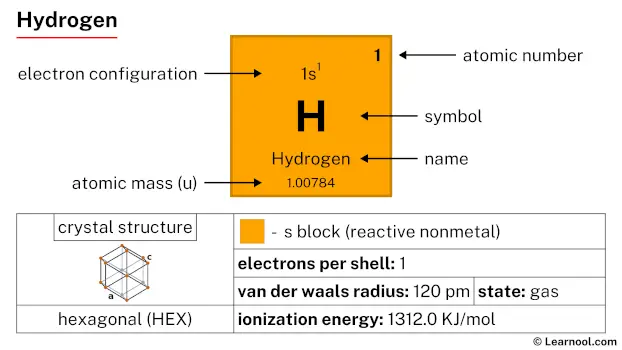 Hydrogen |
2 He  Helium |
|||||||||||||||||
| 2 | 3 Li  Lithium |
4 Be 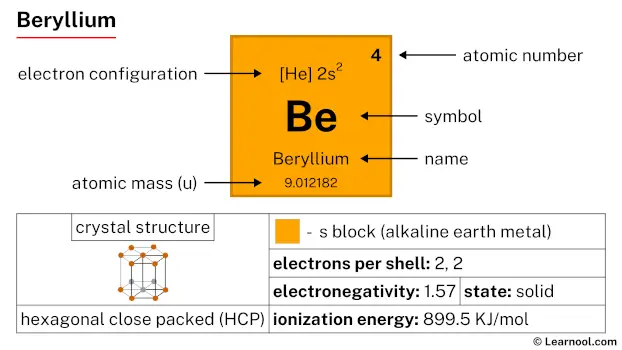 Beryllium |
5 B 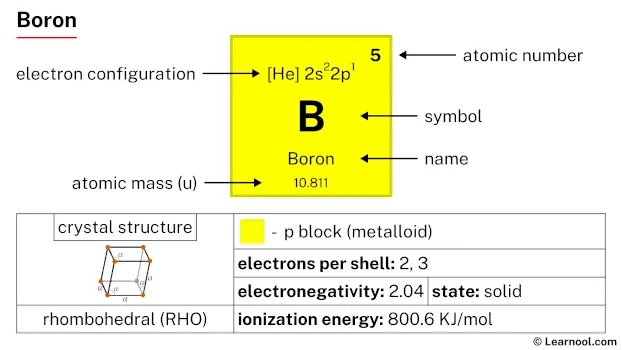 Boron |
6 C  Carbon |
7 N 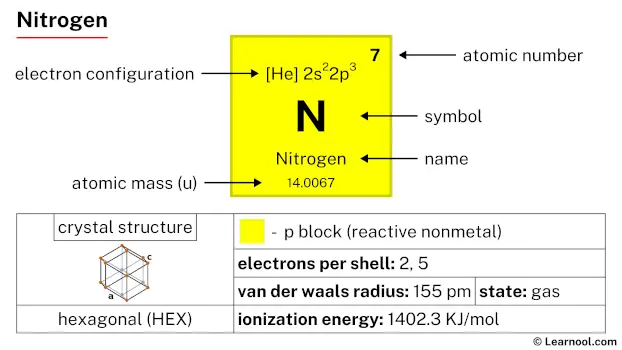 Nitrogen |
8 O 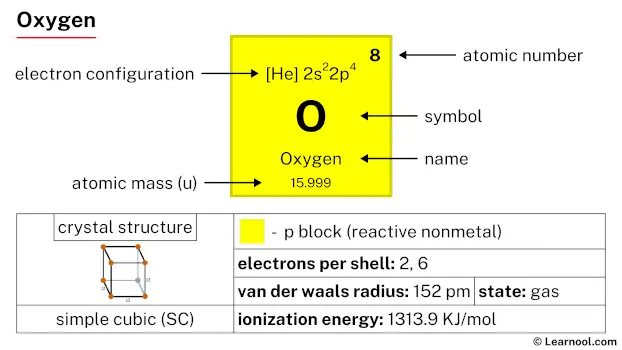 Oxygen |
9 F 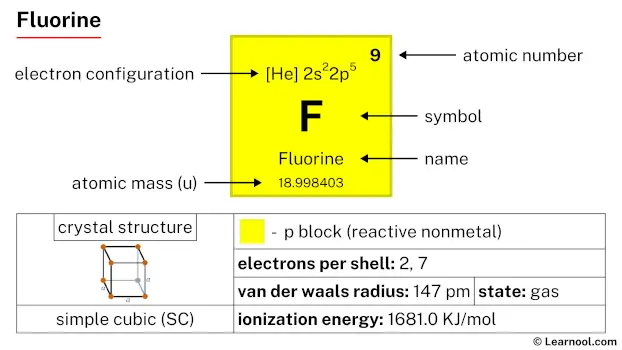 Fluorine |
10 Ne 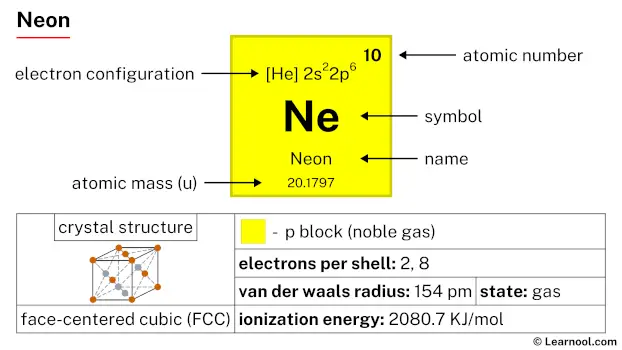 Neon |
|||||||||||
| 3 | 11 Na 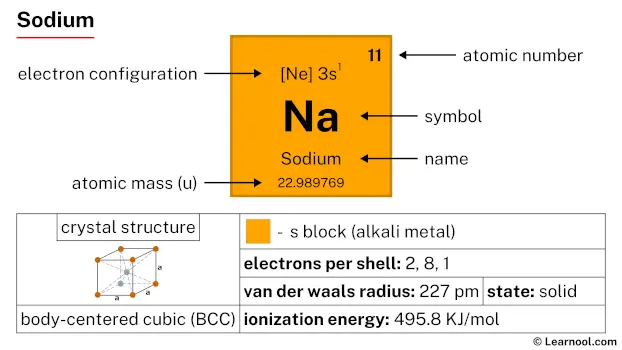 Sodium |
12 Mg 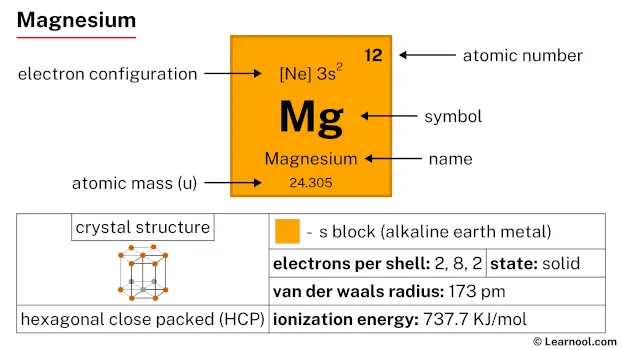 Magnesium |
13 Al  Aluminium |
14 Si Silicon |
15 P 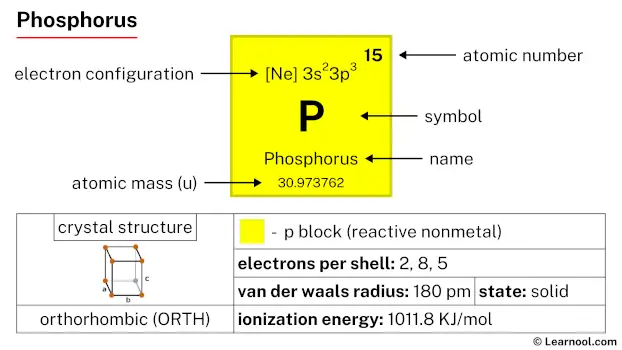 Phosphorus |
16 S 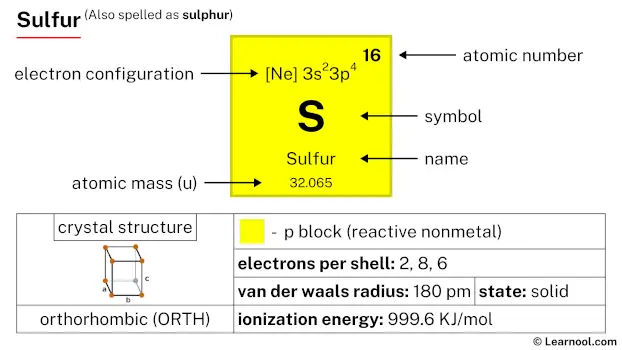 Sulfur |
17 Cl 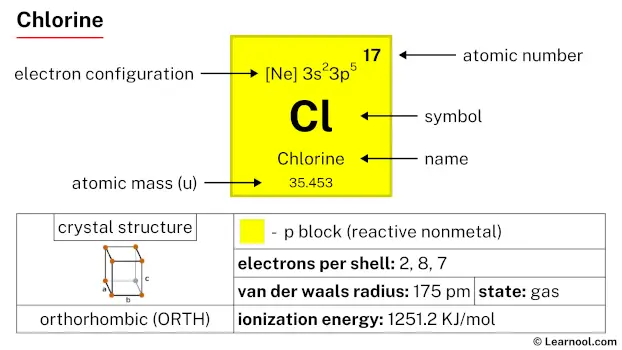 Chlorine |
18 Ar 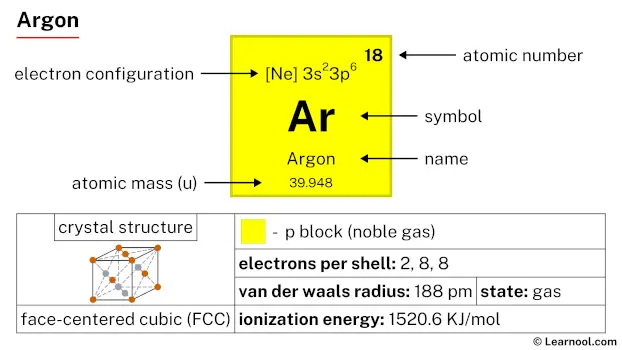 Argon |
|||||||||||
| 4 | 19 K 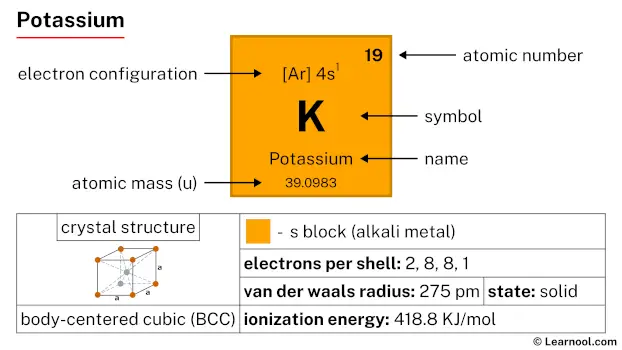 Potassium |
20 Ca 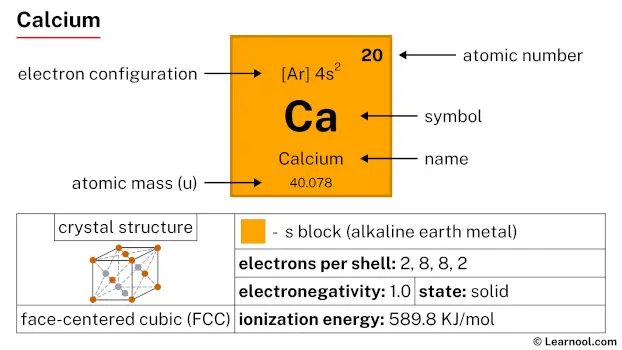 Calcium |
21 Sc 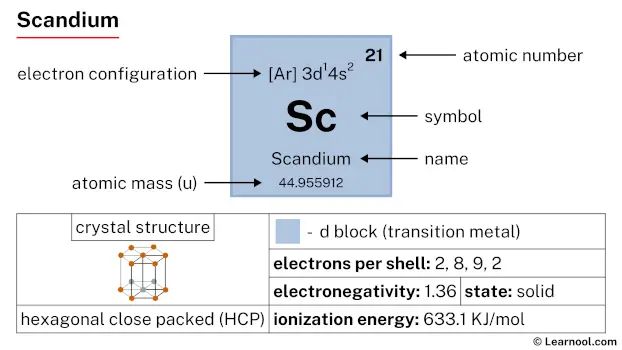 Scandium |
22 Ti 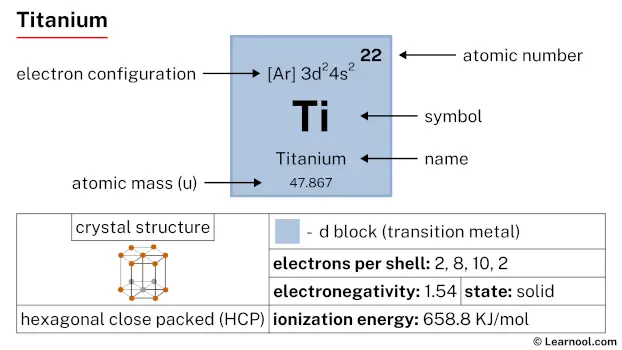 Titanium |
23 V 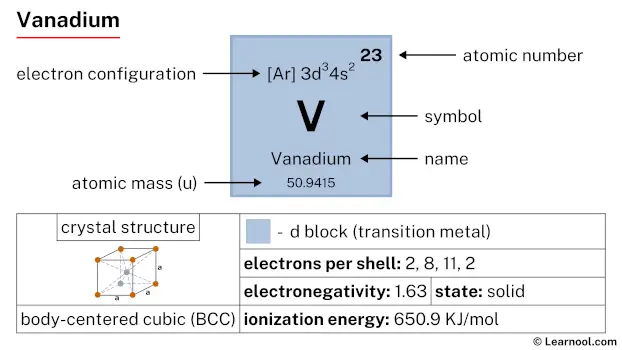 Vanadium |
24 Cr 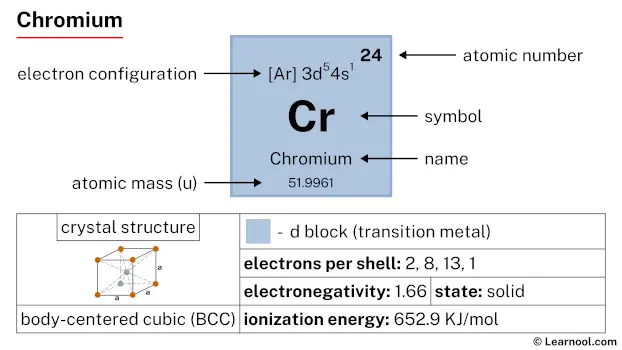 Chromium |
25 Mn 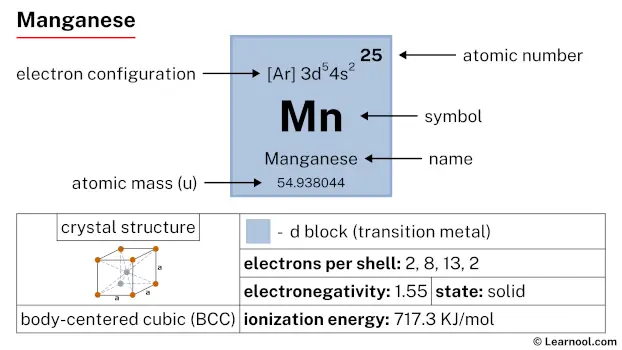 Manganese |
26 Fe 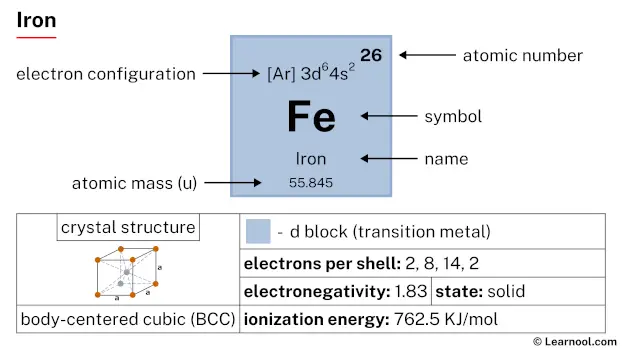 Iron |
27 Co 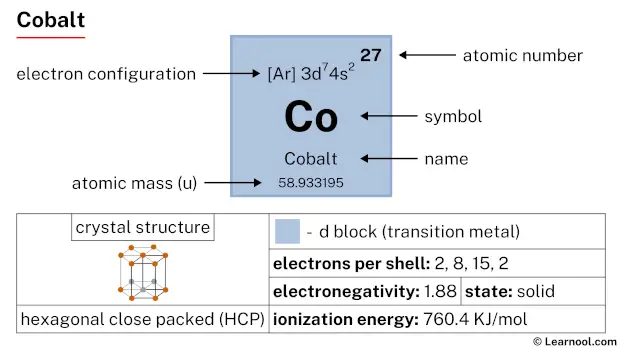 Cobalt |
28 Ni 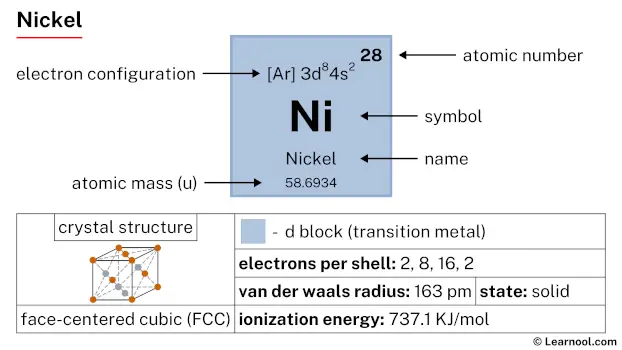 Nickel |
29 Cu 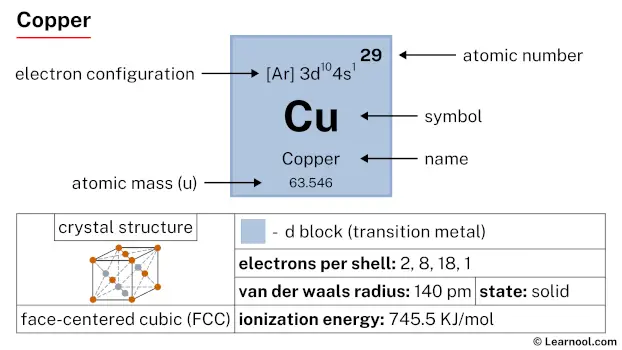 Copper |
30 Zn  Zinc |
31 Ga 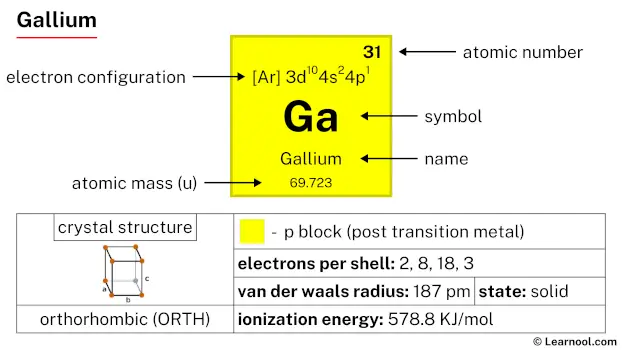 Gallium |
32 Ge 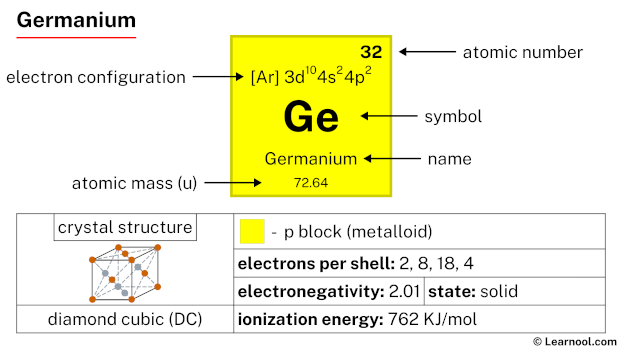 Germanium |
33 As 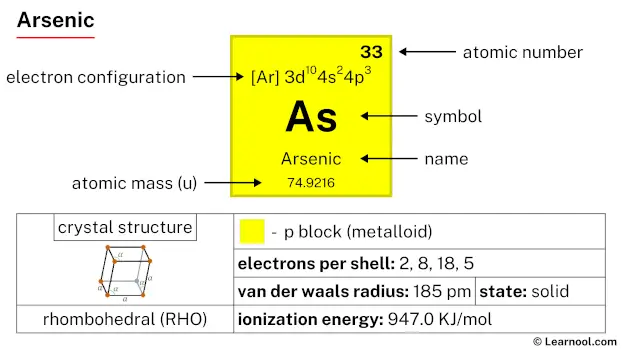 Arsenic |
34 Se 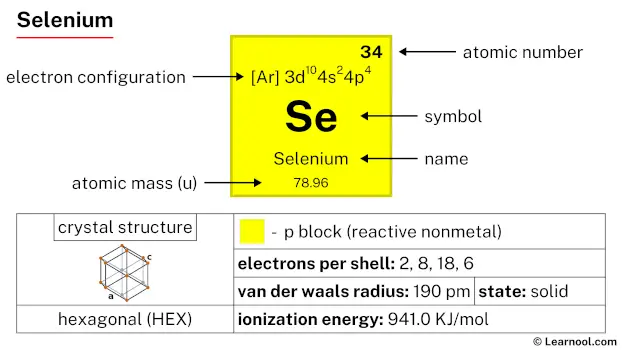 Selenium |
35 Br 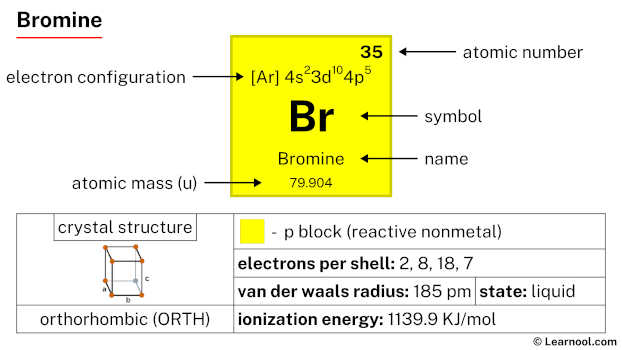 Bromine |
36 Kr  Krypton |
|
| 5 | 37 Rb 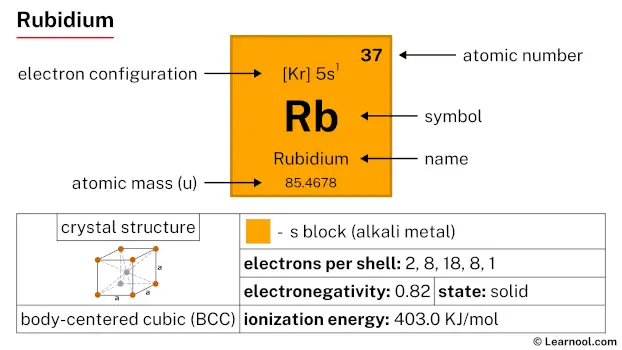 Rubidium |
38 Sr 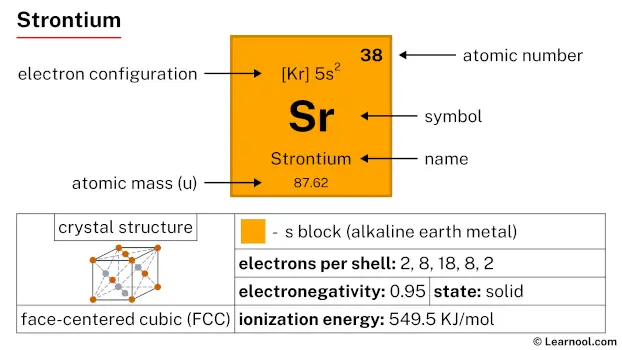 Strontium |
39 Y 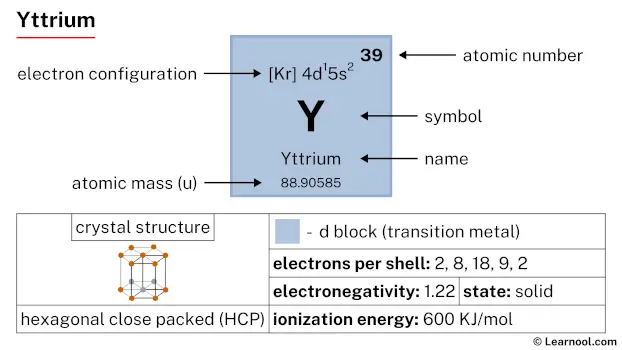 Yttrium |
40 Zr 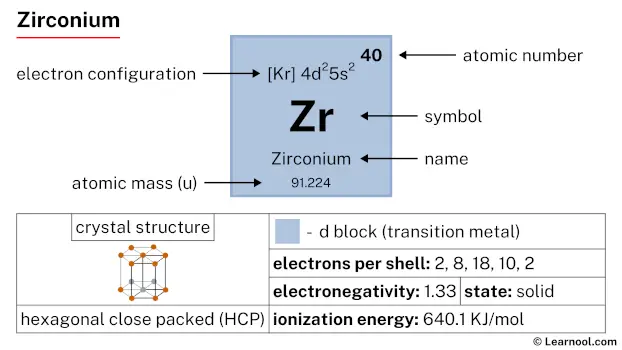 Zirconium |
41 Nb 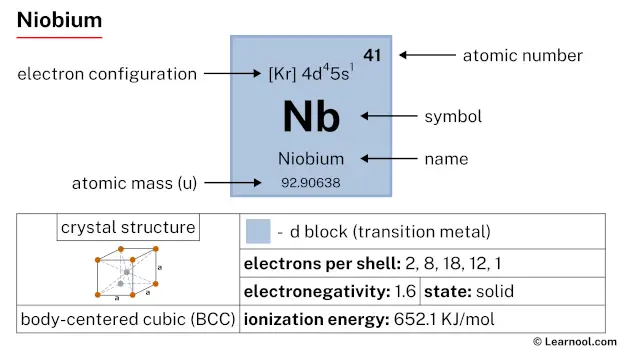 Niobium |
42 Mo 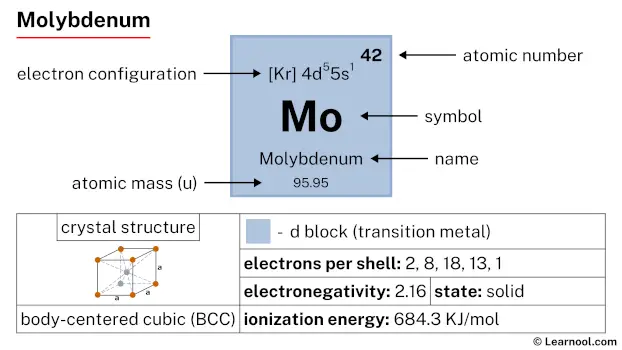 Molybdenum |
43 Tc 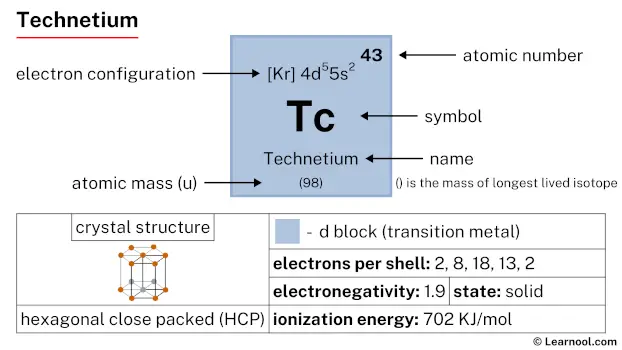 Technetium |
44 Ru 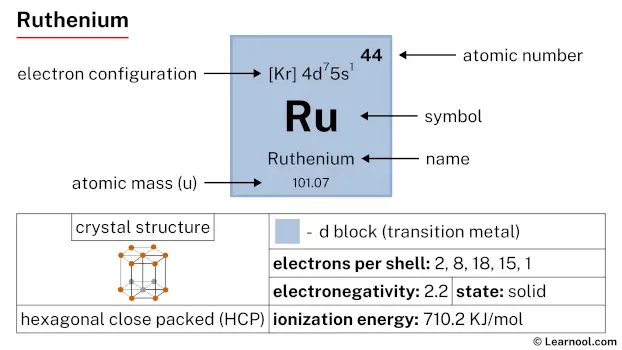 Ruthenium |
45 Rh 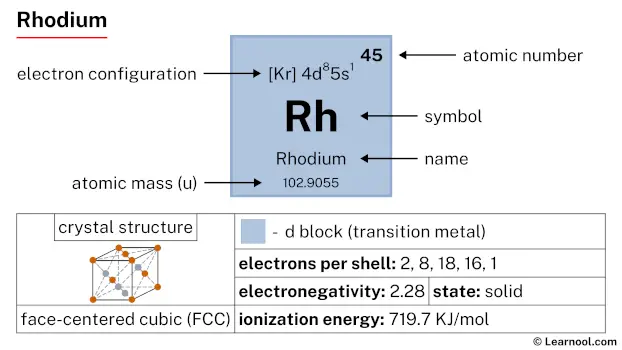 Rhodium |
46 Pd  Palladium |
47 Ag  Silver |
48 Cd 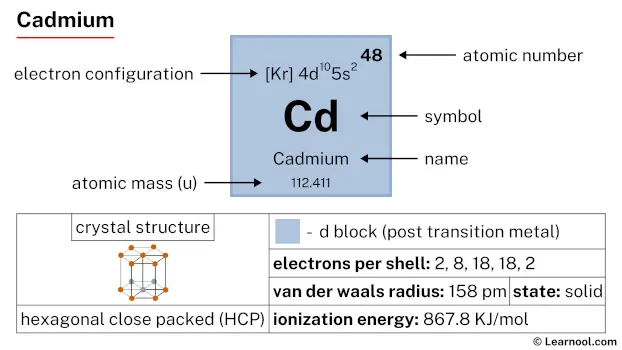 Cadmium |
49 In 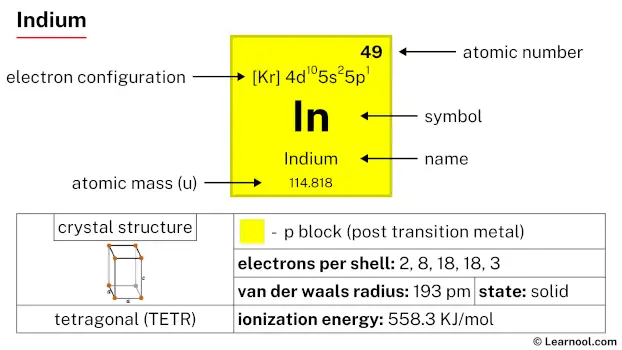 Indium |
50 Sn Tin |
51 Sb 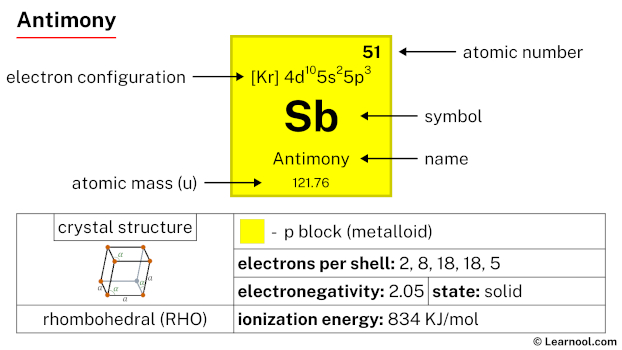 Antimony |
52 Te 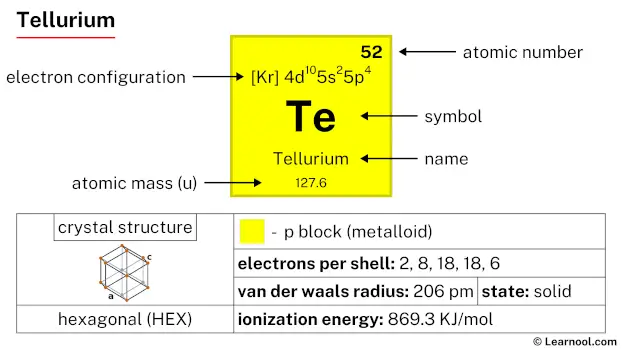 Tellurium |
53 I 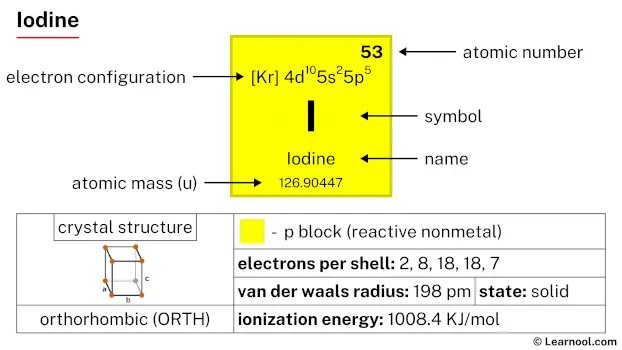 Iodine |
54 Xe 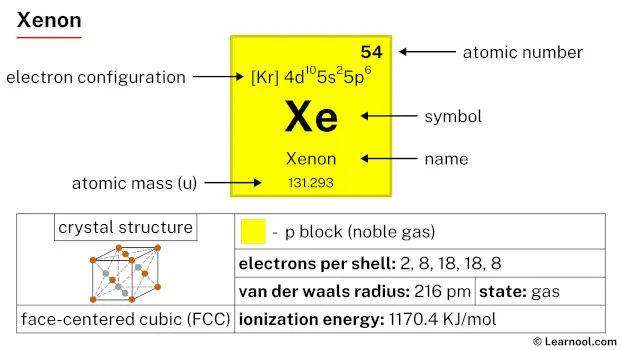 Xenon |
|
| 6 | 55 Cs 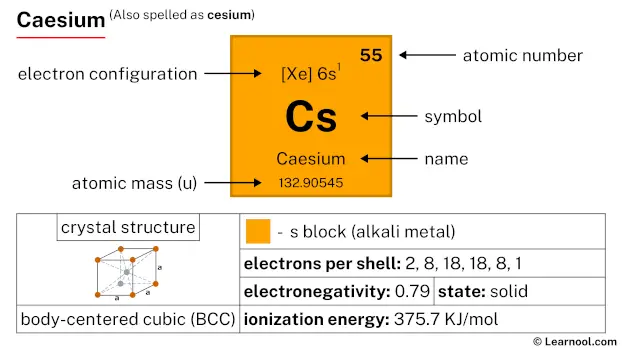 Caesium |
56 Ba 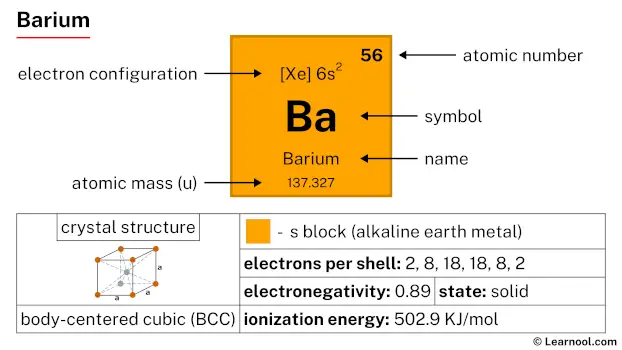 Barium |
72 Hf 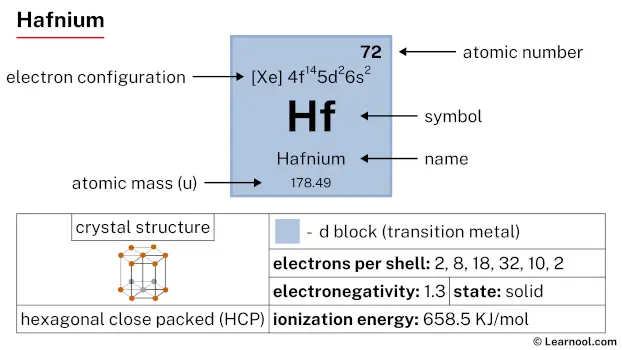 Hafnium |
73 Ta 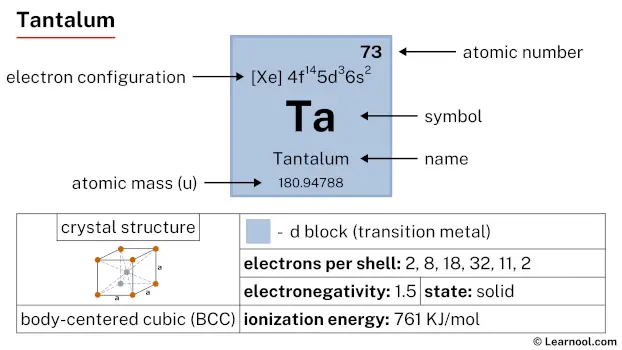 Tantalum |
74 W 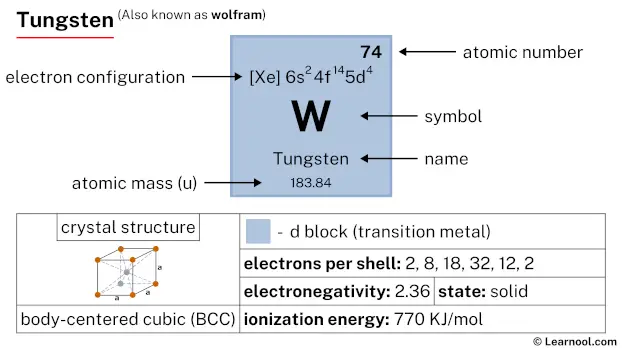 Tungsten |
75 Re 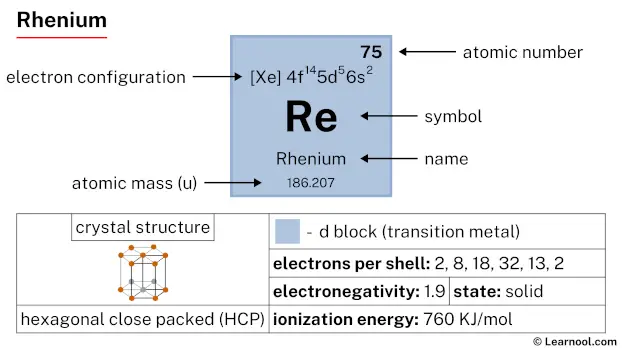 Rhenium |
76 Os 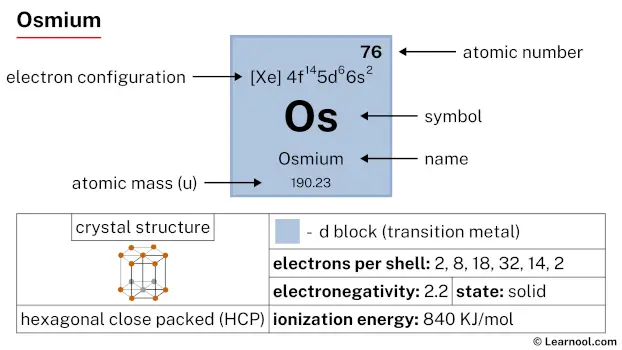 Osmium |
77 Ir 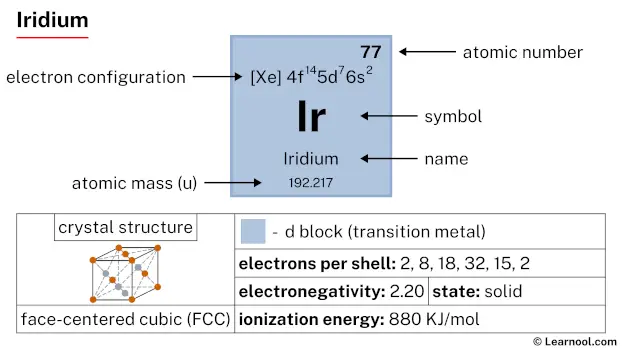 Iridium |
78 Pt  Platinum |
79 Au  Gold |
80 Hg 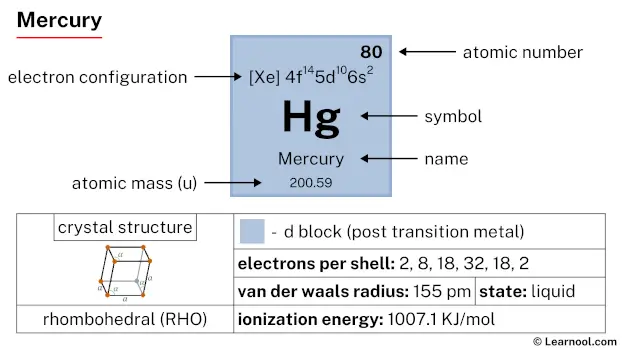 Mercury |
81 Tl 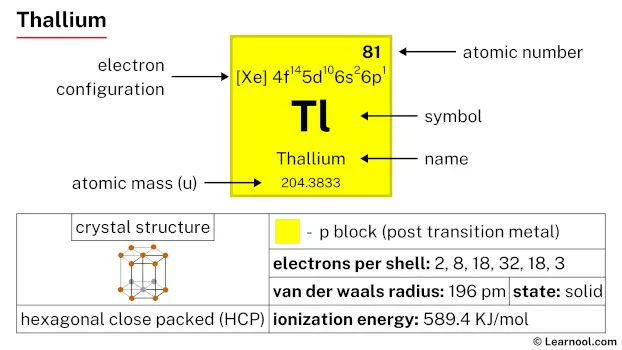 Thallium |
82 Pb  Lead |
83 Bi 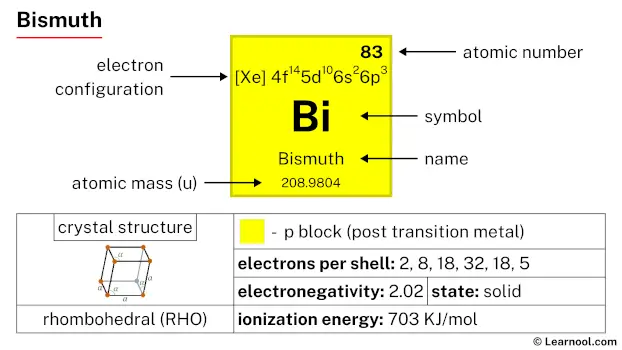 Bismuth |
84 Po 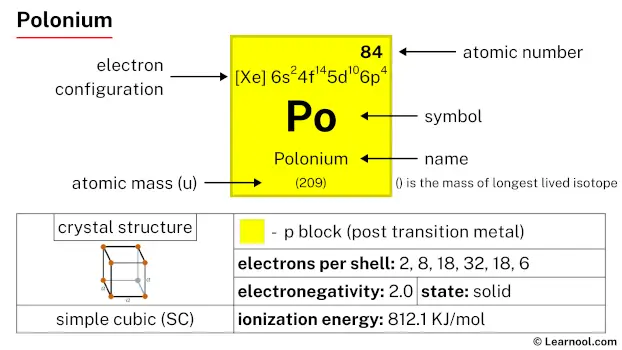 Polonium |
85 At 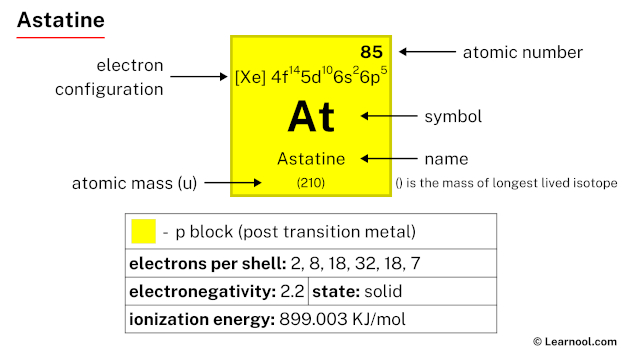 Astatine |
86 Rn 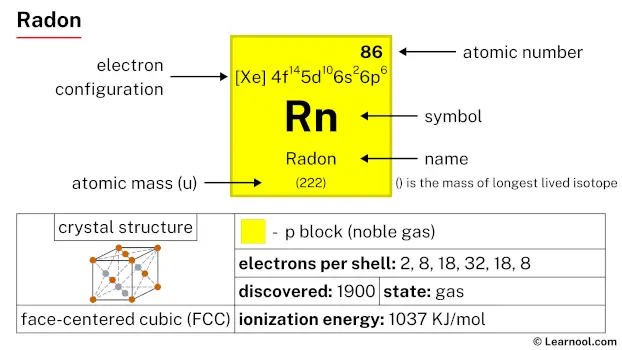 Radon |
||
| 7 | 87 Fr 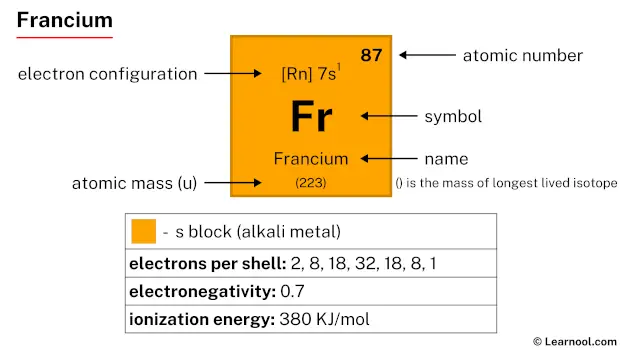 Francium |
88 Ra 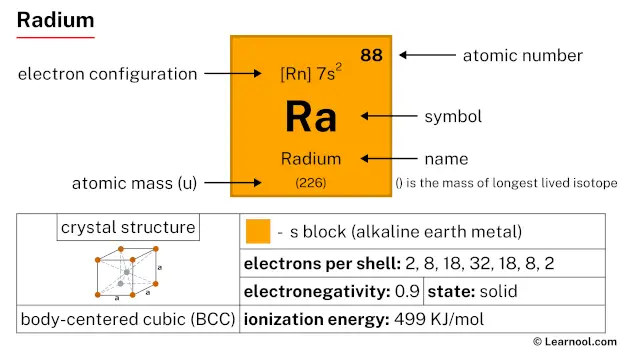 Radium |
104 Rf 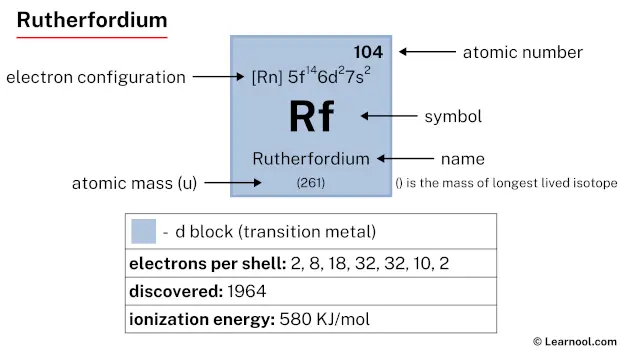 Rutherfordium |
105 Db 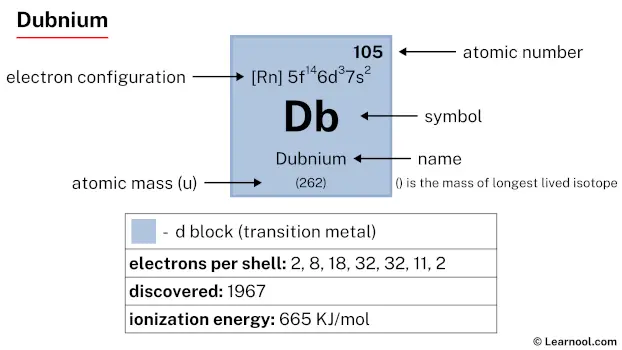 Dubnium |
106 Sg 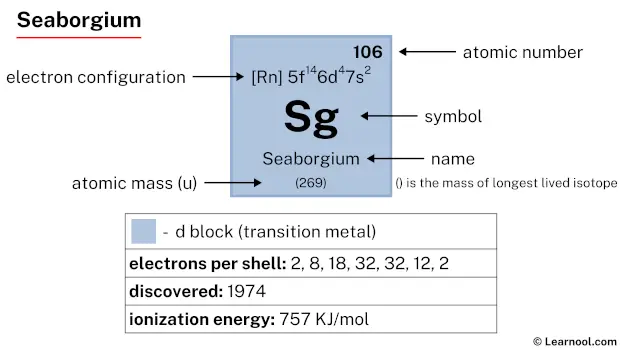 Seaborgium |
107 Bh 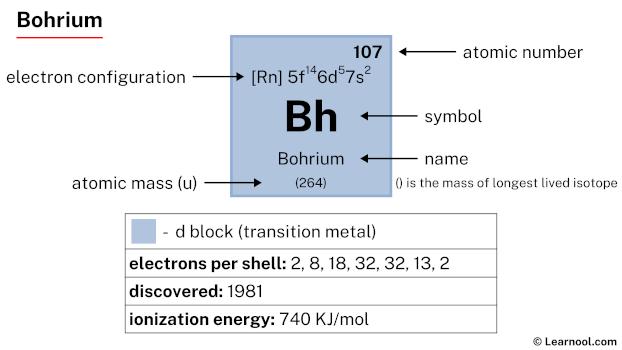 Bohrium |
108 Hs 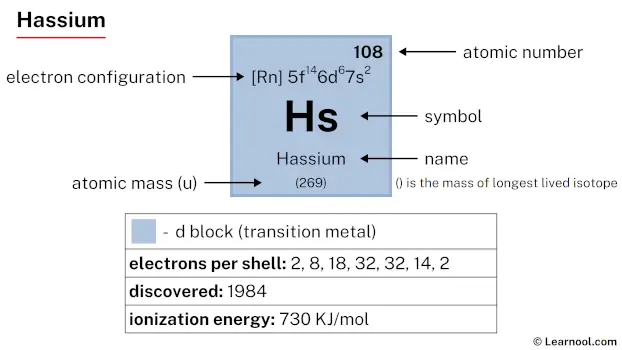 Hassium |
109 Mt 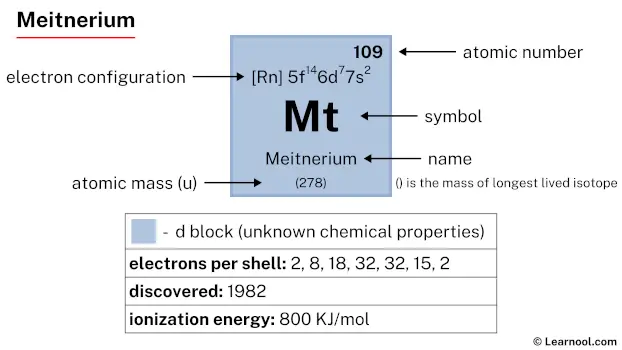 Meitnerium |
110 Ds 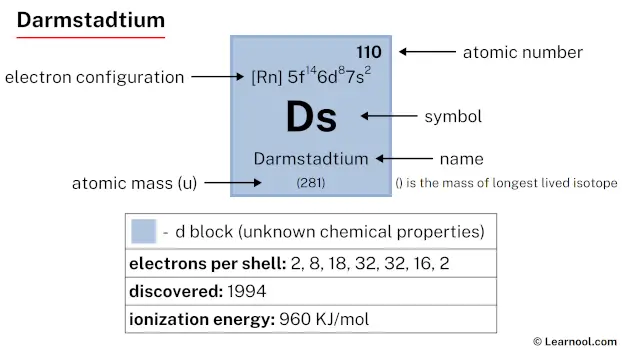 Darmstadtium |
111 Rg 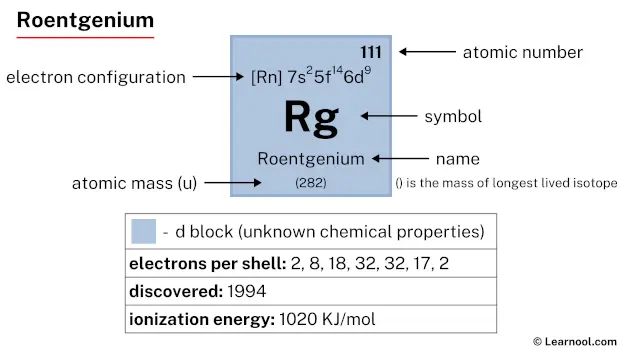 Roentgenium |
112 Cn  Copernicium |
113 Nh 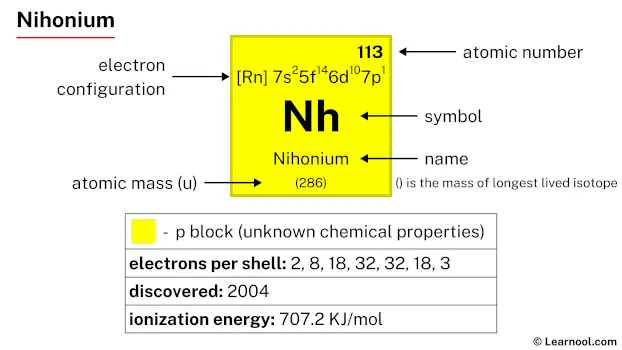 Nihonium |
114 Fl 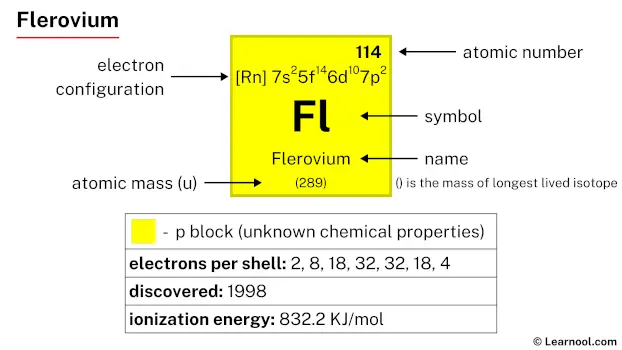 Flerovium |
115 Mc 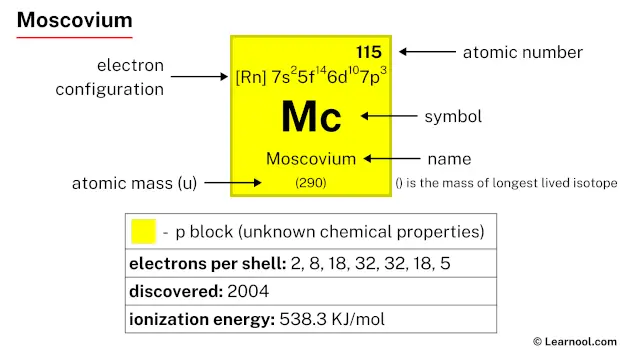 Moscovium |
116 Lv 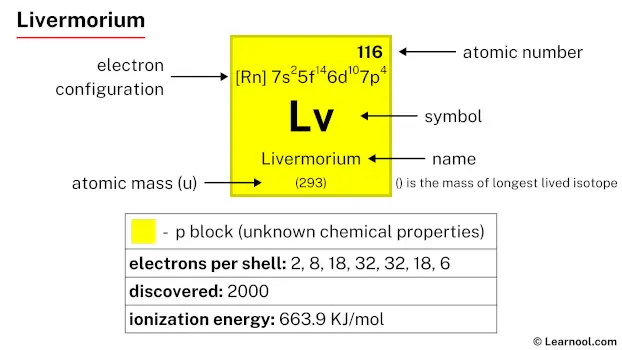 Livermorium |
117 Ts 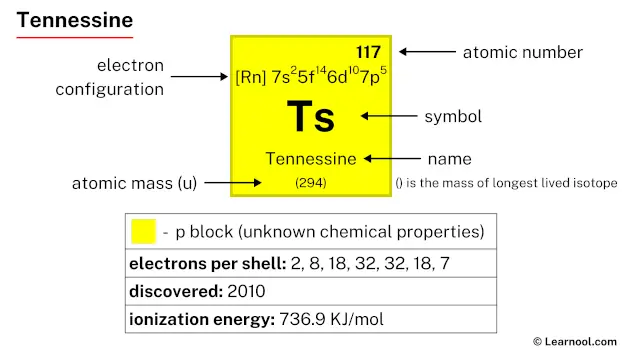 Tennessine |
118 Og 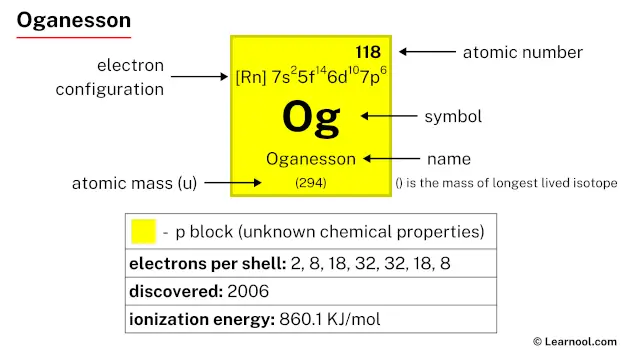 Oganesson |
||
| 57 La 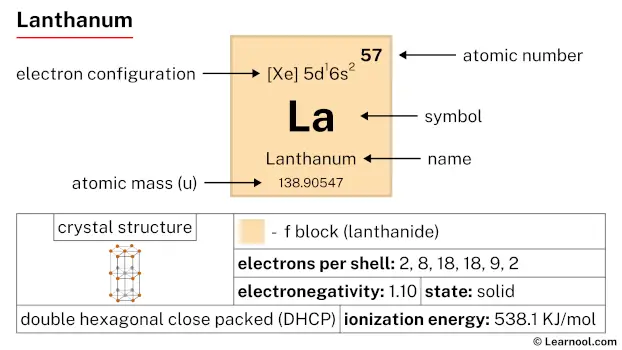 Lanthanum |
58 Ce 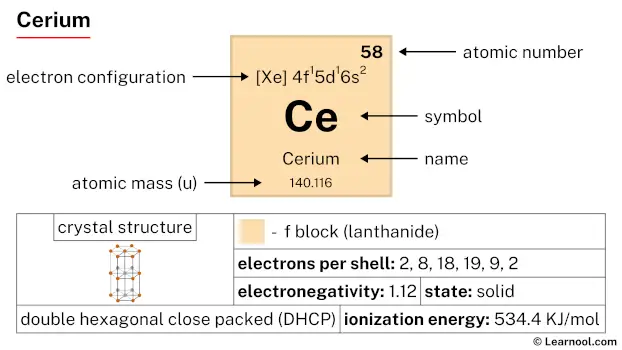 Cerium |
59 Pr 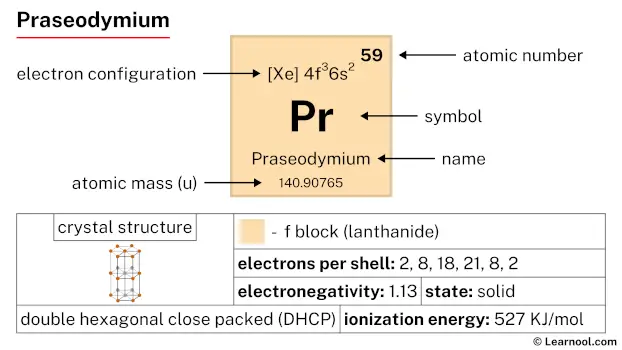 Praseodymium |
60 Nd 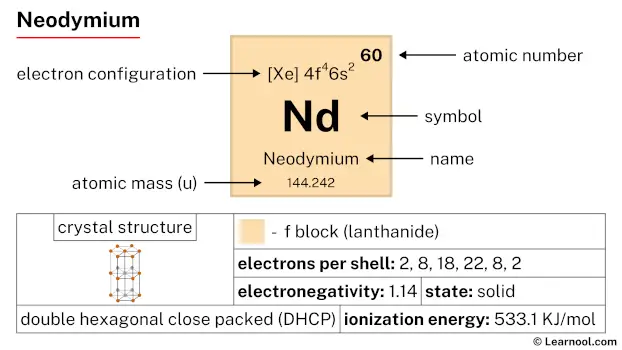 Neodymium |
61 Pm 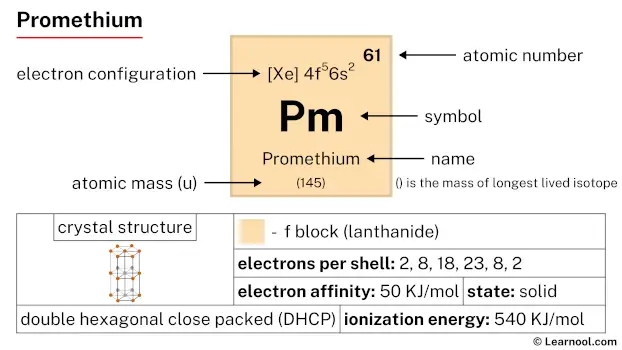 Promethium |
62 Sm 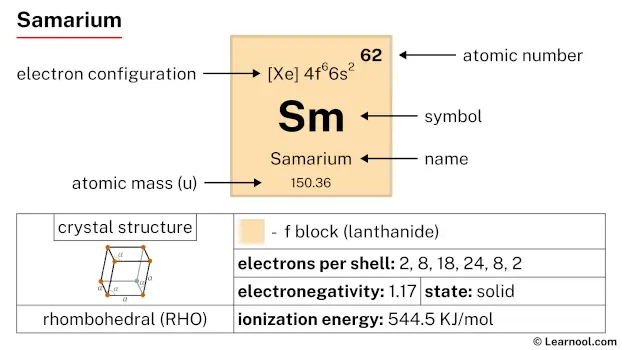 Samarium |
63 Eu 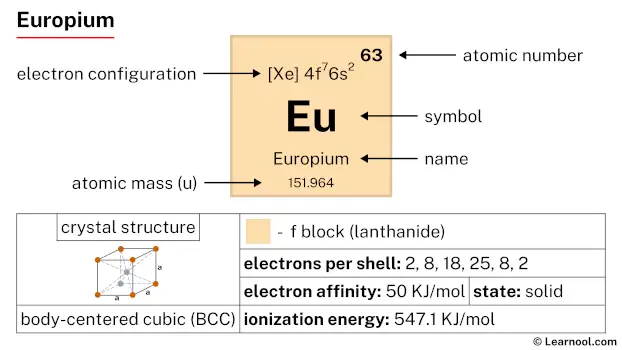 Europium |
64 Gd 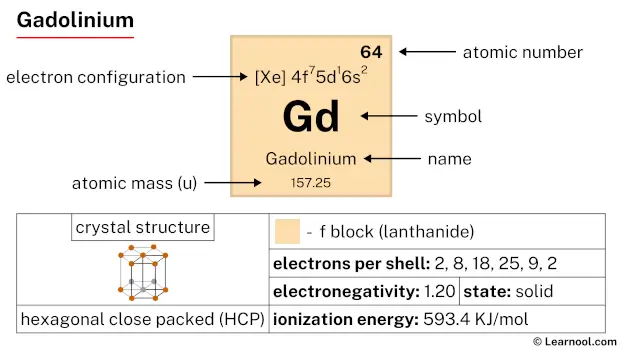 Gadolinium |
65 Tb 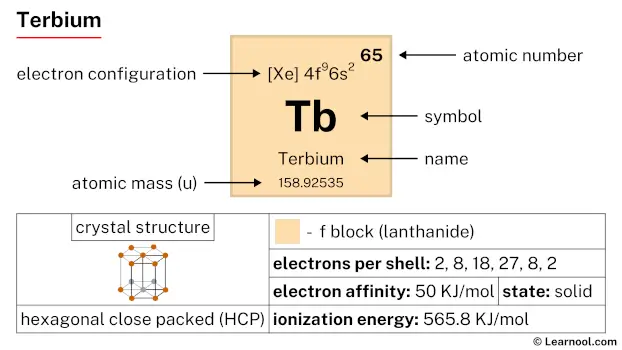 Terbium |
66 Dy 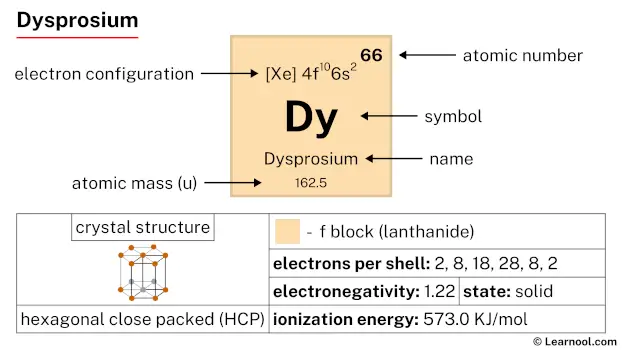 Dysprosium |
67 Ho 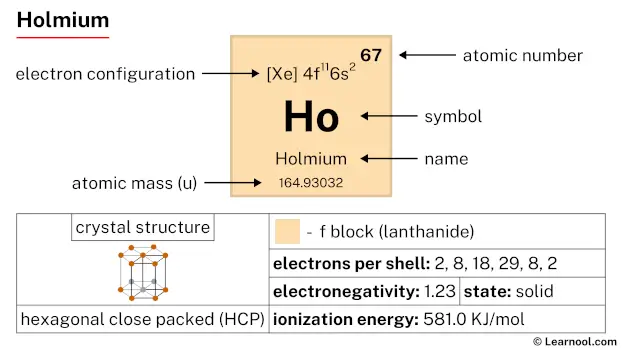 Holmium |
68 Er 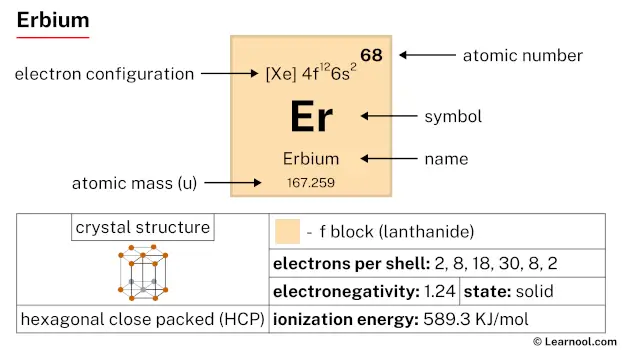 Erbium |
69 Tm 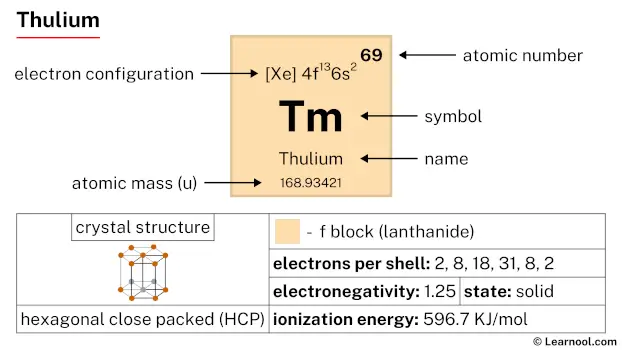 Thulium |
70 Yb 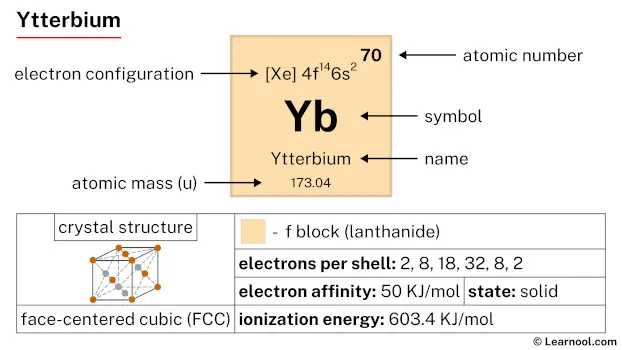 Ytterbium |
71 Lu 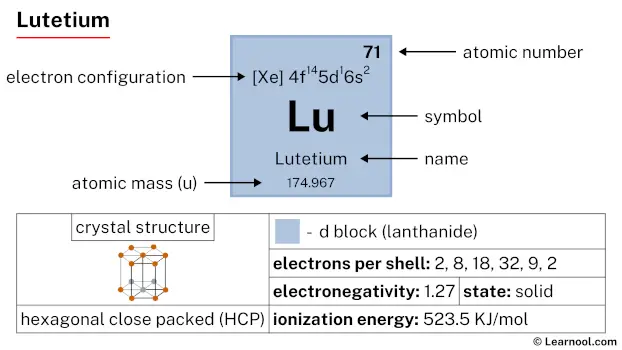 Lutetium |
|||||
| 89 Ac 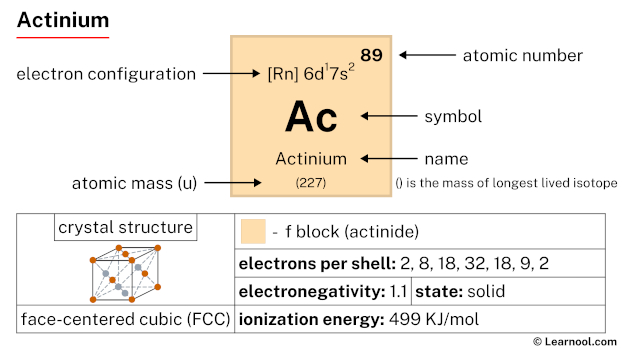 Actinium |
90 Th 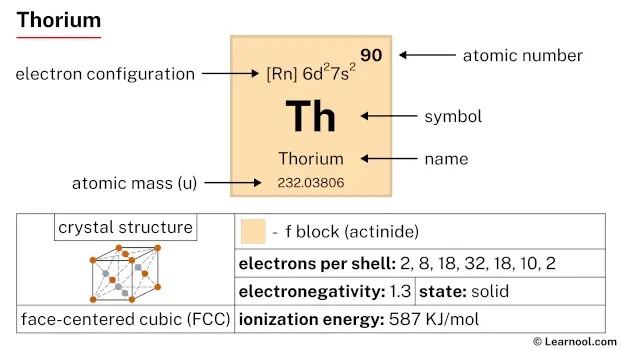 Thorium |
91 Pa 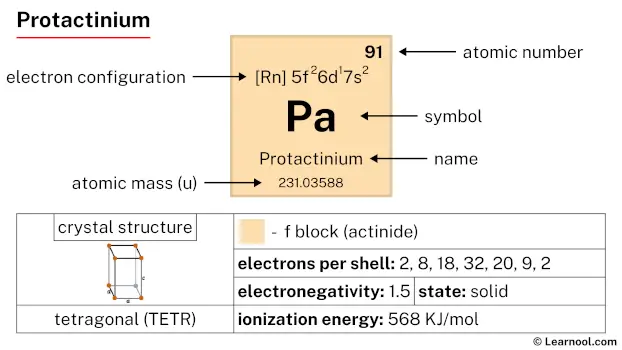 Protactinium |
92 U 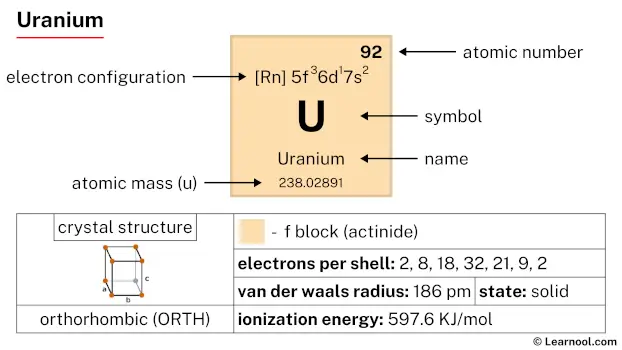 Uranium |
93 Np 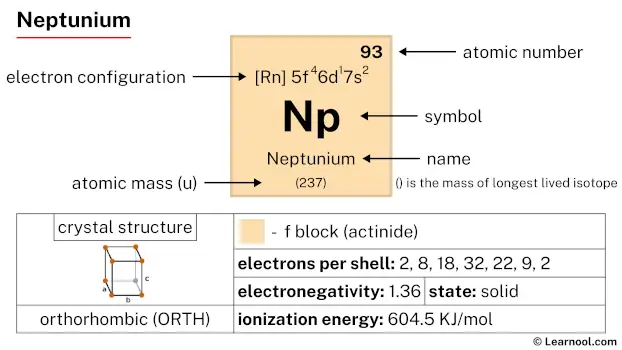 Neptunium |
94 Pu 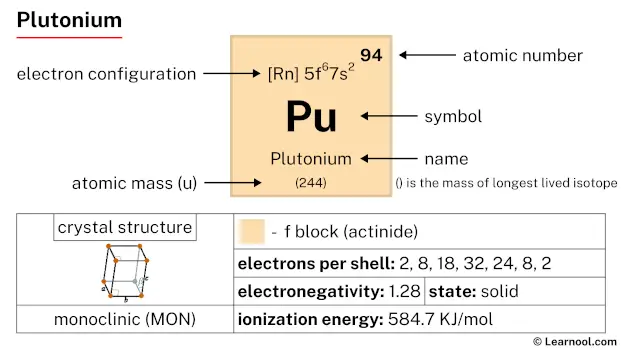 Plutonium |
95 Am  Americium |
96 Cm 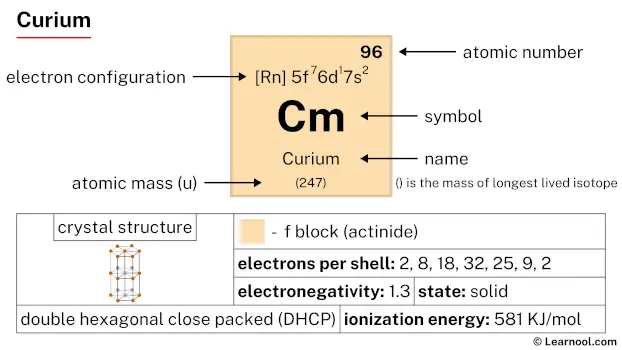 Curium |
97 Bk 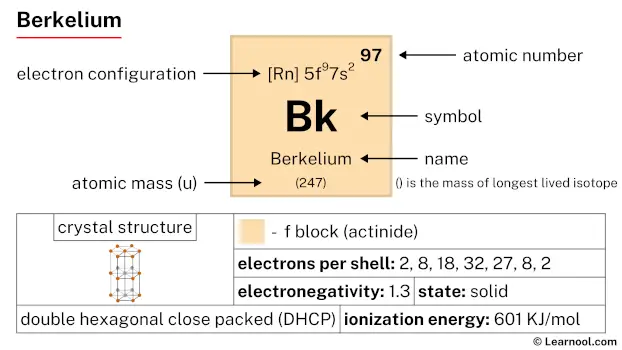 Berkelium |
98 Cf 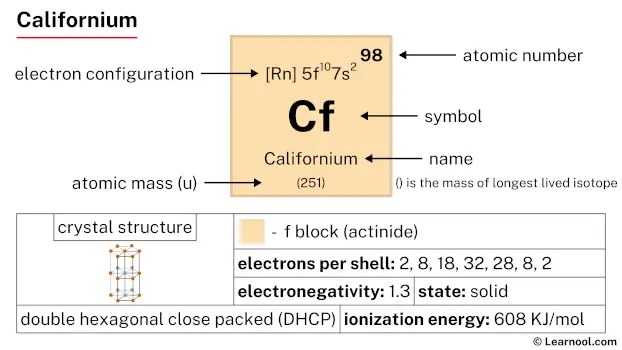 Californium |
99 Es 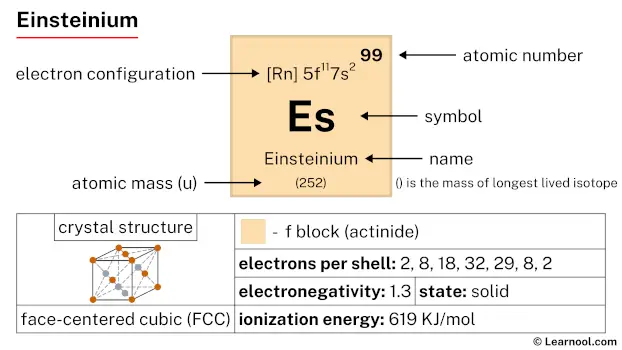 Einsteinium |
100 Fm 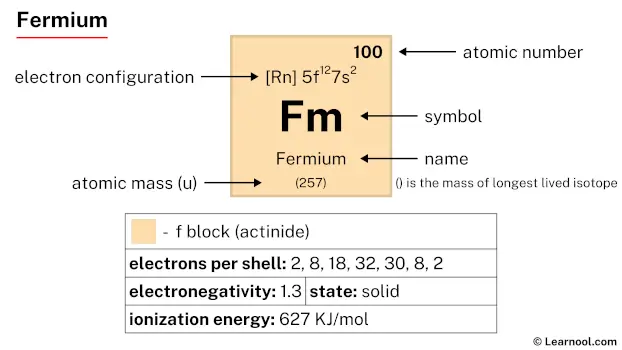 Fermium |
101 Md 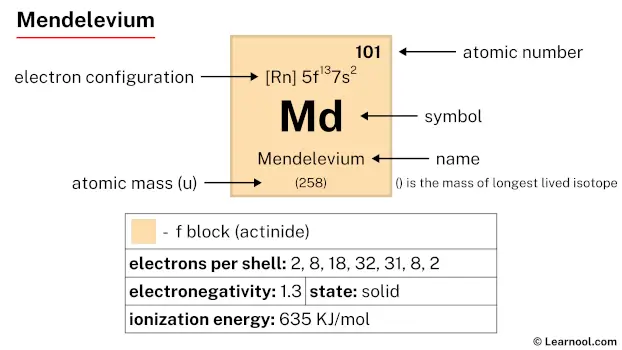 Mendelevium |
102 No 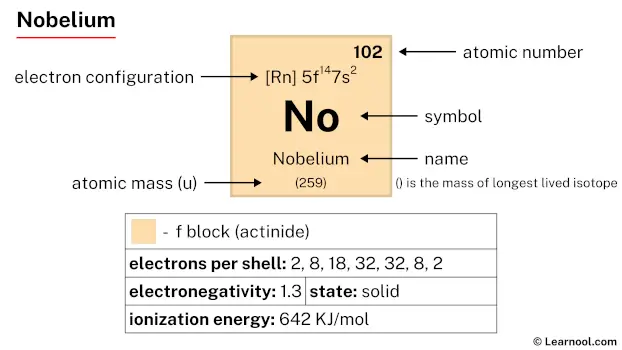 Nobelium |
103 Lr 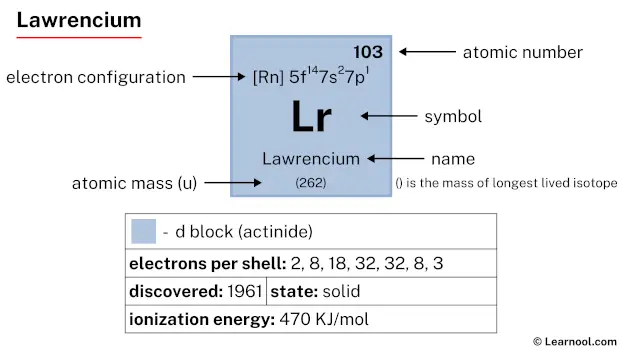 Lawrencium |
|||||
| – p block |
Tin is a p-block element, found in the fourteenth column (carbon group) of the periodic table, below germanium (Ge). It has the atomic number 50 and is denoted by the symbol Sn.
Element information
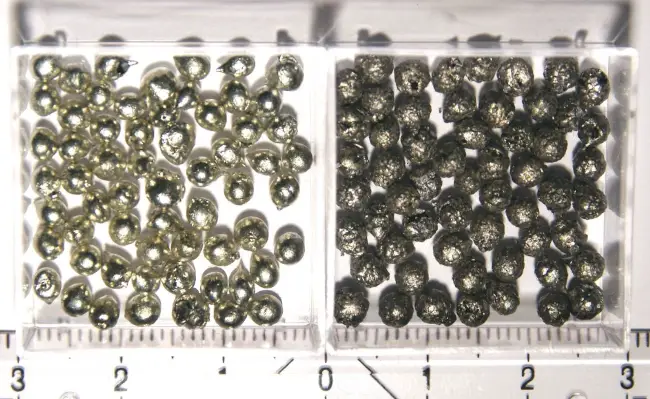 |
|
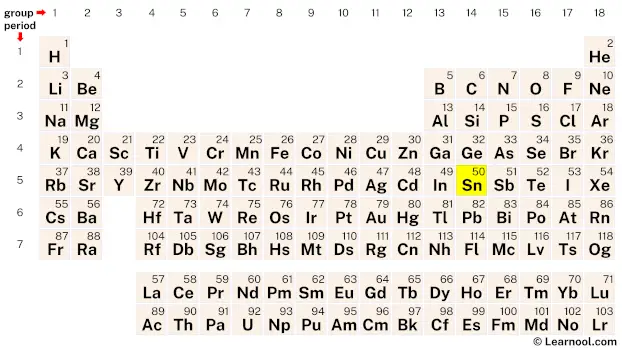 |
|
| Origin of name | Anglo-Saxon word “tin” |
| Symbol | Sn |
| Atomic number (Z) | 50 |
| Atomic mass | 118.71 u |
| Block | p-block |
| Group | 14 (carbon group) |
| Period | 5 |
| Classification | Post-transition metal |
| Atomic radius | 140 pm |
| Covalent radius | 139±4 pm |
| Van der Waals radius | 217 pm |
| Melting point | 231.93 ℃, 449.47 ℉, 505.08 K |
| Boiling point | 2602 ℃, 4716 ℉, 2875 K |
| Electron configuration | [Kr] 4d10 5s2 5p2 |
| Learn how to write: Tin electron configuration | |
| Electrons per shell | 2, 8, 18, 18, 4 |
| Learn how to draw: Tin Bohr model | |
| Crystal structure | Body-centered tetragonal (white, β) Face-centered diamond-cubic (gray, α) |
| Phase at r.t | Solid |
| Density near r.t | 7.265 g/cm3 (white, β) 5.769 g/cm3 (gray, α) |
| Main isotopes | Tin-112, Tin-114, Tin-115, Tin-116, Tin-117, Tin-118, Tin-119, Tin-120, Tin-122, Tin-124 |
| Natural occurrence | Primordial |
| Oxidation state | -4, +2, +4 |
| Electronegativity (Pauling scale) | 1.96 |
| Protons Neutrons Electrons |
50 69 50 |
| Learn how to find: Tin protons neutrons electrons | |
| Valence electrons | 4 |
| Learn how to find: Tin valence electrons | |
| CAS number | 7440-31-5 |
| Discovered | around 35th century BC |
History
Tin has been known and used by humans for thousands of years. The history of tin dates back to the Bronze Age, during which tin was used as a component of bronze, a copper-tin alloy. The earliest known use of tin dates back to around 3500 BC, during the Bronze Age in the Near East, where tin was used in the production of bronze tools and weapons.
The ancient civilizations of the Mediterranean, including the Egyptians, Phoenicians, and Greeks, traded tin from mines in Cornwall, England, which was the main source of tin in Europe during the ancient times. The importance of tin can be seen in the fact that the Phoenicians established trading posts in Cornwall to secure access to the valuable metal.
In the medieval times, tin mining became an important industry in Europe, with Cornwall being the leading producer. The demand for tin grew with the increase in the production of pewter, a tin-based alloy used for tableware and decorative objects. In the 18th century, tinplate, a thin sheet of iron coated with tin, was developed, which led to the growth of the canned food industry.
Today, tin is an important industrial metal, with a wide range of applications. The majority of tin is used in the production of tinplate, which is used for the manufacture of food and beverage cans.
Occurrence and production
Tin is a widely distributed element found in the earth’s crust. The main minerals that contain tin are cassiterite (SnO2) and stannite (Cu2FeSnS4).
Tin is mainly produced by reducing the oxide with carbon or coke in a furnace. The process of producing tin from its ore involves several steps such as concentration, smelting, and refining.
During the concentration process, the ore is crushed and the tin minerals are separated from the gangue minerals. The concentrated ore is then smelted in a furnace with coke or charcoal. The resulting crude tin is then refined by liquation, which involves heating the metal until it melts and allowing the impurities to separate out. The pure tin can then be cast into ingots.
Tin is also produced as a by-product of mining other metals, such as copper, lead, and zinc.
Properties
Tin is a soft, silvery-white metal that is easily deformable by hand.
Tin has a low melting point of 231.93 ℃ and a boiling point of 2602 ℃, making it easy to melt and cast.
It is a relatively stable element, but can form various allotropes with different crystal structures.
Tin is a moderately reactive element that does not react with water at room temperature, but can slowly react with oxygen to form tin oxide.
It is a good conductor of electricity and has high plasticity, making it useful in many industrial applications.
Tin exhibits a phenomenon called “tin pest” where it transforms into a powdery gray form when cooled below -13.2 ℃ (8.2 ℉), which makes it unsuitable for some applications.
It has a relatively low toxicity, but prolonged exposure to tin dust or fumes can cause respiratory problems.
Applications
One of the most important uses of tin is as a coating for steel to produce tinplate, which is used for manufacturing food and beverage cans, aerosol containers, and other packaging materials.
Tin has been used as a component of solders for many years. It is used to join two metal parts together by melting and flowing into the joint.
Tin is used to produce various alloys, such as bronze, pewter, and Babbitt metal, which are used in a range of applications from musical instruments to bearings.
Tin compounds are used in a variety of chemical applications, including catalysts, stabilizers, and pigments.
Tin is used in the production of electronic components such as transistors, diodes, and integrated circuits.
Tin is used as a component in some types of solar panels, such as those made of copper-indium-gallium-selenide (CIGS) and cadmium-telluride (CdTe).
Tin compounds are used in the production of high-quality glass, such as flat glass for windows, and in the production of specialty glass products, such as LCD displays.
Tin is used in some dental materials, such as amalgam fillings.
Tin is used as a coating on some materials, such as glass and ceramics, to improve their surface properties, such as scratch resistance and durability.
Interesting facts
Tin is known for its low melting point of 231.93 ℃ or 449.47 ℉, which makes it a popular metal for soldering.
The symbol for tin, Sn, comes from the Latin word “stannum,” which means “hard.”
Tin is a silvery-white metal that has a characteristic sound when it is bent, known as the “tin cry.”
Tin has been used by humans for thousands of years, with evidence of its use dating back to the Bronze Age.
The use of tin in canned food revolutionized the food industry, allowing for long-term preservation of food.
Tin has the highest number of stable isotopes (10) among all elements.
The process of coating glass with tin oxide, known as “tin-coating,” is used to create electrically conductive glass.
Tin is used in the production of various alloys, including pewter, bronze, and solders.
In ancient times, tin was believed to have magical properties and was associated with Jupiter, the largest planet in the solar system.
Tin can be found in many everyday items, including tin cans, car parts, and coins.
Related
More elements
External links
- https://www.rsc.org/periodic-table/element/50/tin
- https://en.wikipedia.org/wiki/Tin
- https://www.britannica.com/science/tin
- https://pubchem.ncbi.nlm.nih.gov/element/Tin
- https://www.chemicool.com/elements/tin.html
- https://education.jlab.org/itselemental/ele050.html
- https://chemistrytalk.org/tin-element/
Deep
Learnool.com was founded by Deep Rana, who is a mechanical engineer by profession and a blogger by passion. He has a good conceptual knowledge on different educational topics and he provides the same on this website. He loves to learn something new everyday and believes that the best utilization of free time is developing a new skill.
